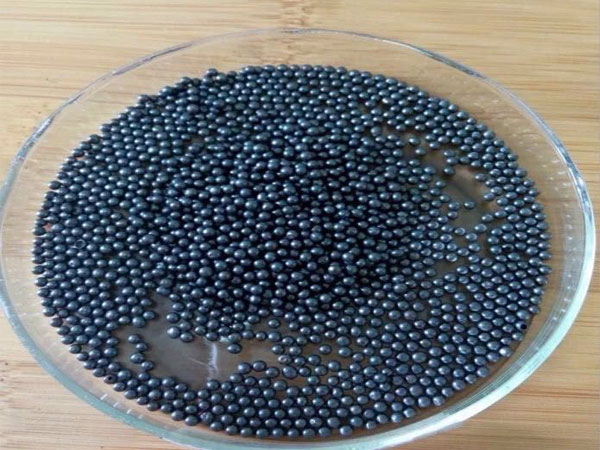Steel grit is a product that can be used as an abrasive and a counterweight. When it is worn, the shape and size are different. What are the major changes? You can learn from the following article. Cast steel shot
The size, shape and orientation of steel grit have a great influence on abrasive wear. They affect the load and stress from elastic contact to plastic contact, and cause the change of critical fracture indentation size and groove size.
On the other hand, if the load and hardness remain unchanged, the contact area is also a constant. At this time, it depends on the size and shape of the abrasive. When the apex angle of the pyramid, the apex angle of the cone and the radius of the sphere decrease, the d/A value increases. The 4/4 value of the sphere is often smaller than that of the pyramid or cone, so the wear rate of sharp abrasive particles is higher than that of blunt abrasive particles, especially because the indentation depth f of the cone is larger, which easily exceeds t. (Critical indentation depth), causing cracks to occur and expand.
If the wear rate is quantitatively calculated according to the size and shape of the abrasive under actual working conditions, although it is currently being explored, it seems that it is still very difficult. Because the size of the abrasive is always within a certain range in any environment, the size, shape, and orientation are not uniform, and the abrasive has a tomb crack during the wear process, and the contact area of the abrasive is usually only 10~3o of the total area. %. The wear rate not only depends on the size, shape and orientation of the abrasive, but also is related to the performance of the material surface and the friction coefficient. Some researchers have proposed a model that uses energy to express the amount of wear. The abrasive wear coefficient of the material can be expressed by the following formula.
This is the case with regard to the wear of steel grit used as an abrasive and as a counterweight. The root shape and size are all related.
